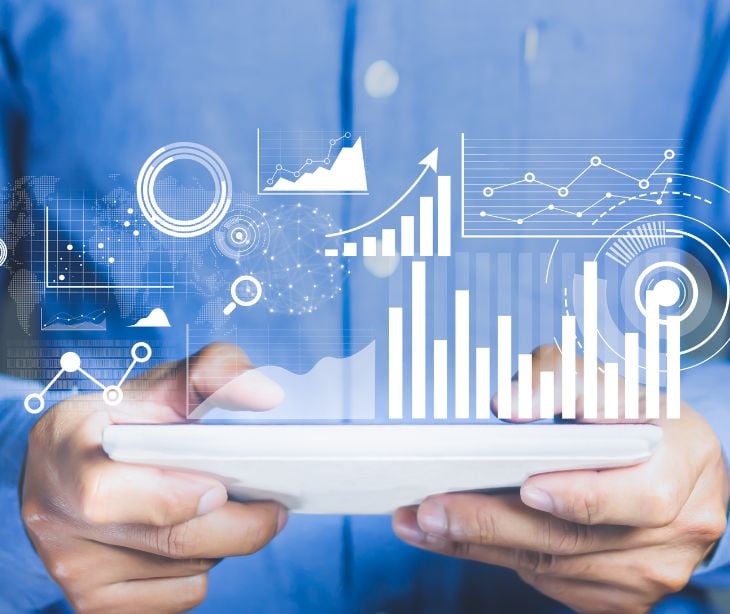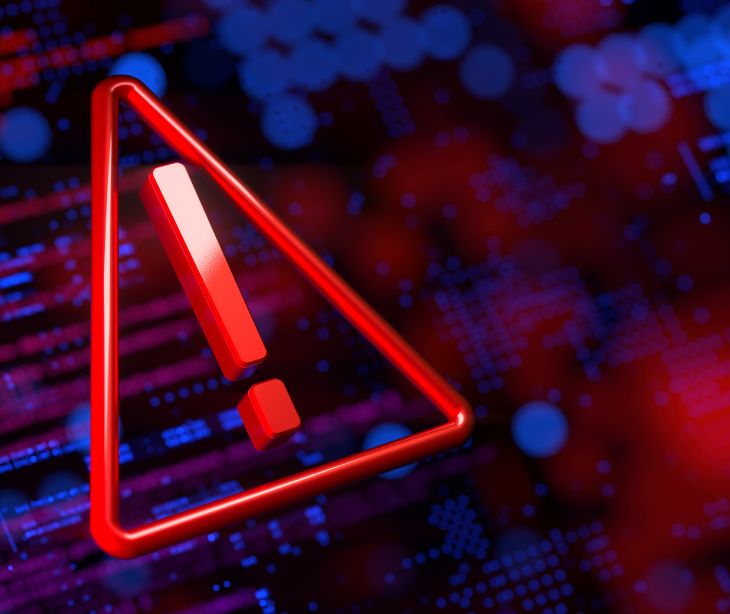
Data standardization transforms data into a common format or structure, making it consistent and comparable. The goal is to ensure data from different sources or formats can be easily integrated and analyzed.
Defining data standardization
Data standardization converts data into a standard format that computers can read and understand. This is important because it allows different systems to share and efficiently use data. Data standardization provides an effortless approach to communicating and exchanging information:
- Format consistency: Ensuring that data follows a consistent format, such as date formats, units of measurement, and naming conventions. This helps in avoiding errors and misinterpretations.
- Normalization: Adjusting data to a common scale or range. This is particularly important when dealing with numerical data, as it ensures that values are comparable and can be analyzed together.
- Code standardization: Standardizing codes and identifiers used in data. For example, using standardized country, product, or industry codes facilitates data integration and analysis.
- Categorization: Grouping similar data into common categories or classes. This is often done to simplify analysis and reporting.
- Cleaning and validation: Identifying and correcting errors or inconsistencies in the data. This may involve removing duplicates, handling missing values, and validating data against predefined rules.
Data standardization in healthcare
Data standardization helps comply with the healthcare industry's Health Insurance Portability and Accountability Act (HIPAA) requirements. It facilitates interoperability and supports the overarching objectives of privacy and security in healthcare data management by ensuring patient information's safe and consistent treatment across various systems.
Here's how data standardization affects the healthcare sector and its compliance with HIPAA:
- Interoperability: Healthcare organizations often deal with data from various sources, including electronic health records (EHRs), laboratory results, and billing systems. Standardized data enables seamless exchange across systems, promoting coordinated patient care and HIPAA compliance.
- Consistent data format: HIPAA requires standard transaction and code sets for certain electronic healthcare transactions. Standardizing data formats ensures that information is consistently structured and transmitted, reducing the risk of errors, misinterpretation, or unauthorized access.
- Patient identifiers: HIPAA mandates unique patient identifiers to prevent unauthorized access to healthcare info. Standardizing identifiers matches patient records, reduces data breaches, and ensures HIPAA compliance.
- Security standards: HIPAA includes standards to protect electronic protected health information (ePHI). Data standardization plays a role in implementing these security measures, such as encryption and access controls, to safeguard patient information and maintain compliance with HIPAA's security requirements.
- Consent management: HIPAA requires healthcare providers to obtain patient consent before using or disclosing their health information in certain situations. Standardizing the format and procedures for managing patient consent ensures that healthcare organizations comply with HIPAA's privacy rules and respect patients' rights over their health data.
- Auditing and monitoring: HIPAA mandates regular auditing and monitoring of access to patient information. Standardized data formats and structures make tracking and monitoring access to ePHI easier, enabling healthcare organizations to promptly identify and address security incidents.
Subscribe to Paubox Weekly
Every Friday we'll bring you the most important news from Paubox. Our aim is to make you smarter, faster.




